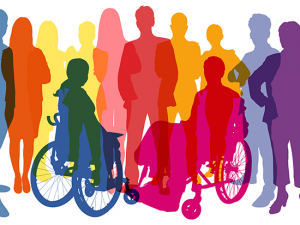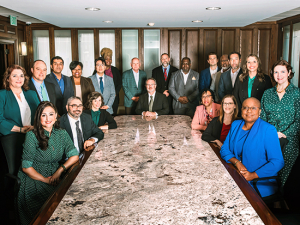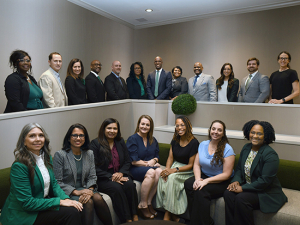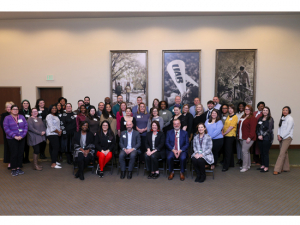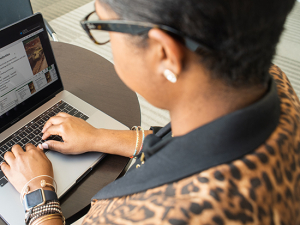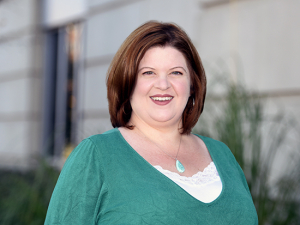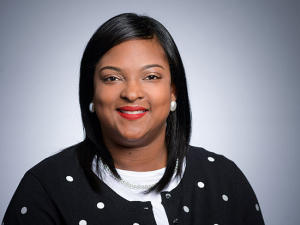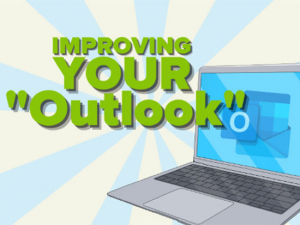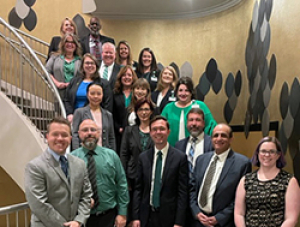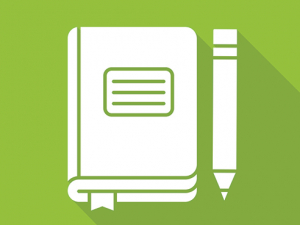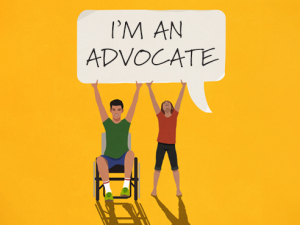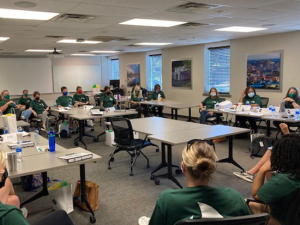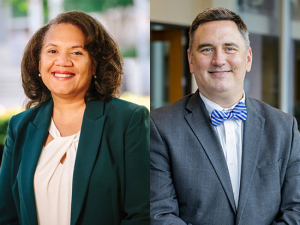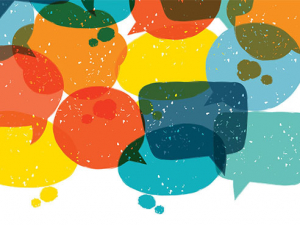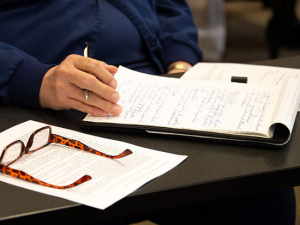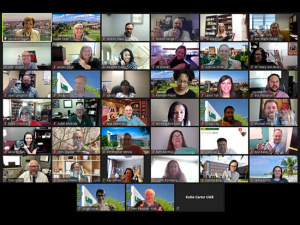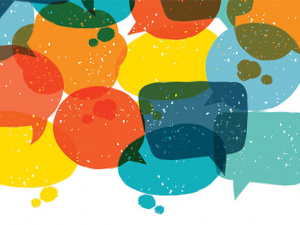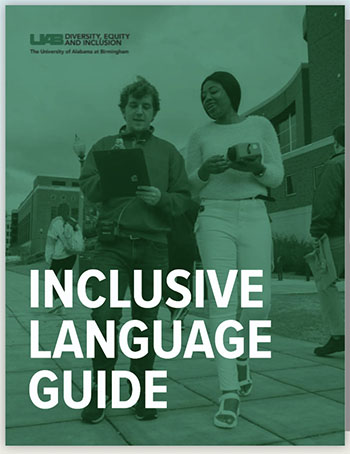 An Inclusive Language Guide to help faculty, staff and students be more inclusive in their presentations, lectures and other communications is available online and for download.
An Inclusive Language Guide to help faculty, staff and students be more inclusive in their presentations, lectures and other communications is available online and for download.
The guide provides definitions and examples in seven areas: culture, gender, laws, medical diagnoses/disabilities, nationality/status, socioeconomic status and race. It is not meant to be exhaustive and will be updated periodically to align with best practices.
“This resource is designed to be the catalyst for implementing a more holistic and intersectional approach to communicating at UAB,” said Paulette Patterson Dilworth, Ph.D., vice president for Diversity, Equity and Inclusion, which created the guide. “We hope that users will find it especially helpful when referencing minoritized and marginalized identities, populations and communities.”
Diversity and inclusiveness, which seek to ensure “Everybody counts every day” are among the Shared Values embodied in UAB’s strategic plan, Forging the Future.
The guide was created in tandem with an Inclusive Language course, the newest addition to ODEI’s Diversity Education curriculum. The course, which emphasizes the importance of and necessity for inclusive language in all forms of expression, includes group discussion and simulated opportunities to demonstrate knowledge.
“Our goal is to ensure that participants adopt inclusive language practices — not because it is politically and socially advantageous — but because of a deep-seated commitment to inclusion and equity,” said Diversity Education Director Michelle Allen, Ed.D.
The course will launch in August. Register on the UAB Campus Learning System.
